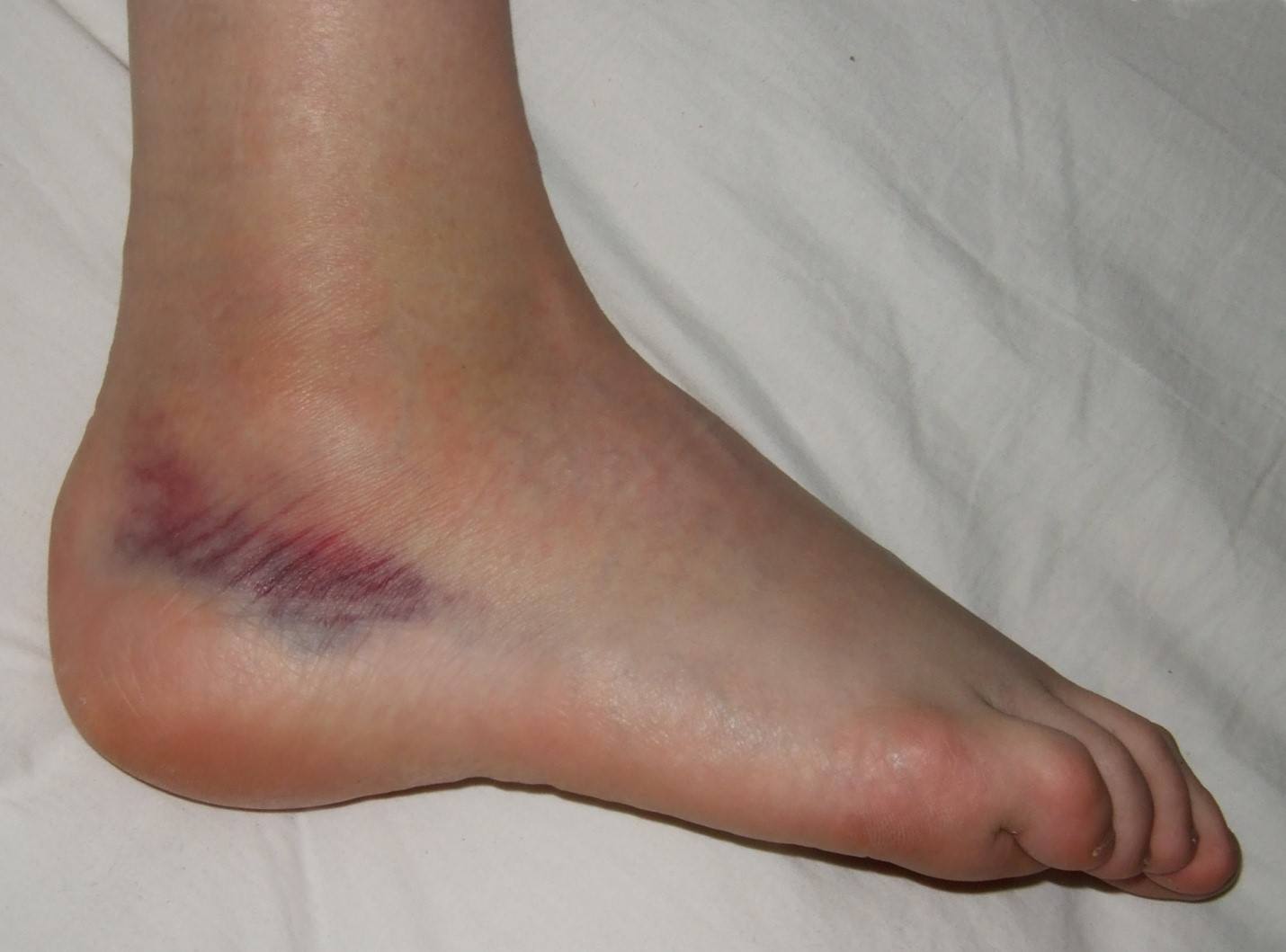
Spraining your ankle is a problematic situation. You will find it difficult to walk or put weight on your foot. While cooling and elevating your foot may provide some help, you should seek medical attention first. An ankle sprain occurs when one or more ligaments that hold your ankle in place rupture or stretch. Ligaments are fibrous connective fibers that stabilize joints by holding them together. A sprained ankle is inconvenient; after all, walking normally without injury or pain is highly desirable.
The severity of the damage determines treatment for this injury. If one finds themselves in this situation, the question would be: should you go to the ER for a sprained ankle? This article will discuss essential things about this condition and when to go to an emergency room (ER).
Finding out When Your Ankle is Broken or Sprained
Analyze your ankle’s sensitivity level and location to see if it’s sprained or fractured. You might probably break your ankle bone if it feels sensitive to the touch. You may sprain ligaments or tendons if the soft tissue is sore. It’s difficult to distinguish between them because they have similar symptoms like swelling, pain, and bruising. If you think your ankle or foot might be damaged, go to the emergency room and have an X-Ray to see if it’s broken or not.
Urgent Care VS Emergency Room
The distinction between urgent care and regular care is simple. Consider urgent care to be a doctor who is available after hours. If you can’t wait for a doctor’s appointment, but your illness isn’t life-threatening, you should go there. The emergency room is for those who require quick medical attention. If your foot is injured, you may consider the severity of the condition before deciding. Here are some possible scenarios:
- If you are feeling pain in your ankle but can still walk without feeling severe discomfort, you should see a doctor.
- If your pain is severe and you are having trouble walking to the point that you require assistance, go to an urgent care center.
- If you can’t walk at all, go to the emergency room, you may have a fractured bone or severe ligament injury.
- You can watch this video to learn about bone fractures and their implication.
Risks of Not Treating an Ankle Injury
The following are some common risks under these conditions:
- You are likely to have permanent ankle instability
- You’re more likely to re-injure your foot
- Leg discomfort
- Displaced or incomplete healing of an untreated fracture
Treating Your Foot Sprain at Home
Here are some tips for walking you through this condition:
- Rest: Allowing your foot not to rest is the worst thing you can do for it. A sprained ankle, for example, will not recover in motion. It would help if you avoided long-distance running and walking under this condition.
- Ice: Using this method will help reduce inflammation by removing extra heat from the foot, which can occur after an accident. You can reduce ice to reduce swelling and soreness.
- Compression: Wrapping your foot in a bandage gives support and helps to avoid swelling.
- Elevation: When you keep your foot elevated, it will assist your body in absorbing the extra fluid created by excessive swelling. While elevated, your foot should be free and not squeezed. Your calf should be propped up on a cushion or pillow.
How to Prevent an Ankle Sprain
Here are some recommendations to guide you:
- Wear boots and shoes that are comfortable enough for your daily activities. You should avoid high heels and slick soles.
- Walking on bumpy roads with holes is not a thing to do.
- You also need to remove all tripping risks and barriers from your home or compound.
- Engage in exercises that will keep your ankles flexible and robust. Stretching, ankle circles, and balancing on one foot at a time are all recommended exercises.
- You can also consult your healthcare physician or a physical therapist for other helpful tips.
Read more: A Guide To Hippie-Style Clothing
Finding a Good Treatment Facility Near You

Here are some tips to guide you:
Check Online
You can find hospitals with good emergency rooms in your location with a quick internet search. With this, you can get their address and visit them. You can also contact the phone number published on their website if you have questions to ask.
Use Referrals
You can ask people around you who have experienced a similar condition to recommend a good facility. This will save you the stress of having to search from scratch.
Conclusion
If your ankle is sprained, don’t waste time trying out treatments on your own before seeking professional help. This way, you will manage the condition before it deteriorates to something more serious.

Hi Everyone, BeYoungAholic’s aim is to help women who have lost their self-confidence because of the way they look. We will provide you tips and bits of advice on how to take care of yourself and maintain your youthful look. So, Enjoy the blog!
